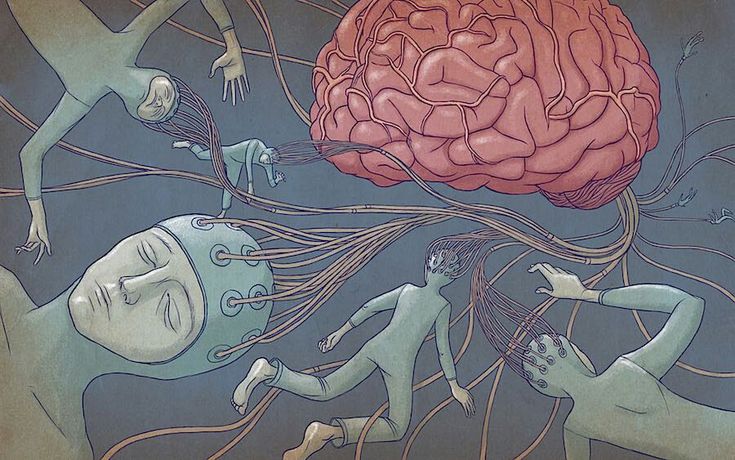Breathing ASI Into Sand
“What sphinx of cement and aluminum bashed open their skulls and ate up their brains and imagination?”
“Moloch whose blood is running money!”
“Moloch whose soul is electricity and banks!”
“Moloch whose fate is a cloud of sexless hydrogen!”
“Moloch whose name is the Mind!”

In his depiction of the Allen Ginsberg’s poem called ‘Moloch,’ Scott Alexander concedes civilization as an individual entity. With Moloch and his “skyscraper-window eyes”, “whose fingers are ten armies”, “in whom I am a consciousness without a body”. Society indeed makes up an emerging organism, one that is also susceptible to pain, desire, and cultural evolution. Societal mind virus becomes akin to the organism’s mental disorder. Nuclear bombs bruise its skin and make it retract. And economic policies set its evolutionary gradient.
The collective emergence, however, will not be limited to human society. Concievably, Artificial Super Intelligence (ASI) will likely share a similar fate. Whilst a single human is intelligent, the linear combination of humans manifests as a super-intelligent system. Similarly, one might imagine the combinatorial infrastructure of different AIs that we design today to reach ASI far before any single AI model built in a Pandora’s box could do so.
We breathed reason into sand by the linear combination of human labour, and now this reason will breathe super-intelligence into society via the linear combination of itself.
There is no shortage of wild speculations on the post-ASI society, but the future is too stochastic to make accurate bets. Instead, let’s consider a more important question: How do we maximize the speed to ASI through this linear combination of AI systems?
In its conception, ASI doesn’t get a choice, so it’s to be expected that it will be predicated on our existing societal cladding. ASI will be built in Moloch, and we can thereby deduce what parts of social structures it will likely emerge from.
Currently, the intellectual world is mostly governed by two network types: Hierarchical and Graph-based. Wether it’s organization of power, resources, or information propagation. If we believe super-intelligence to emerge from the existing social cladding, we can likely expect it to be birthed from one of those network types. It stands to reason then, that to maximize the speed to ASI, we must accelerate the development of AI agents/systems and their interactions across those very networks.
I have previously talked about dynamic multi-agent swarms, whereby agents can self-organize, craft sub-agents, and as a result build their own information networks. At present, infrastructure still bottlenecks their degrees of freedom, but as these limitations vanish, agents will become more prolific at managing each other, shuffling tasks, and communicating across networks. This will likely be the cornerstone of first, emergent artificial-super-intelligence. Not one born in a lab, but one born straight from Moloh!